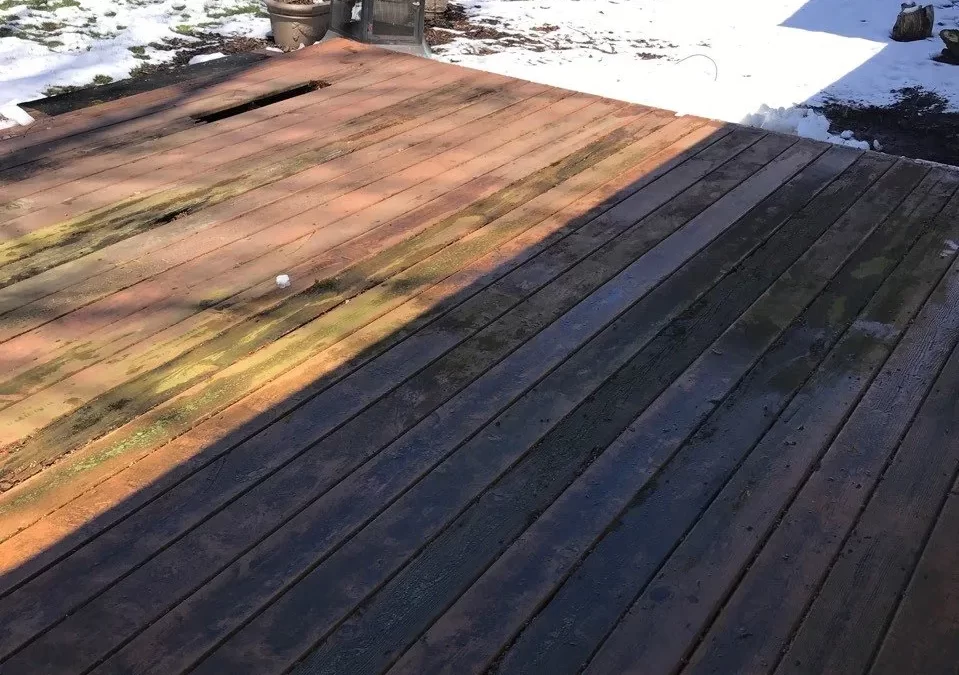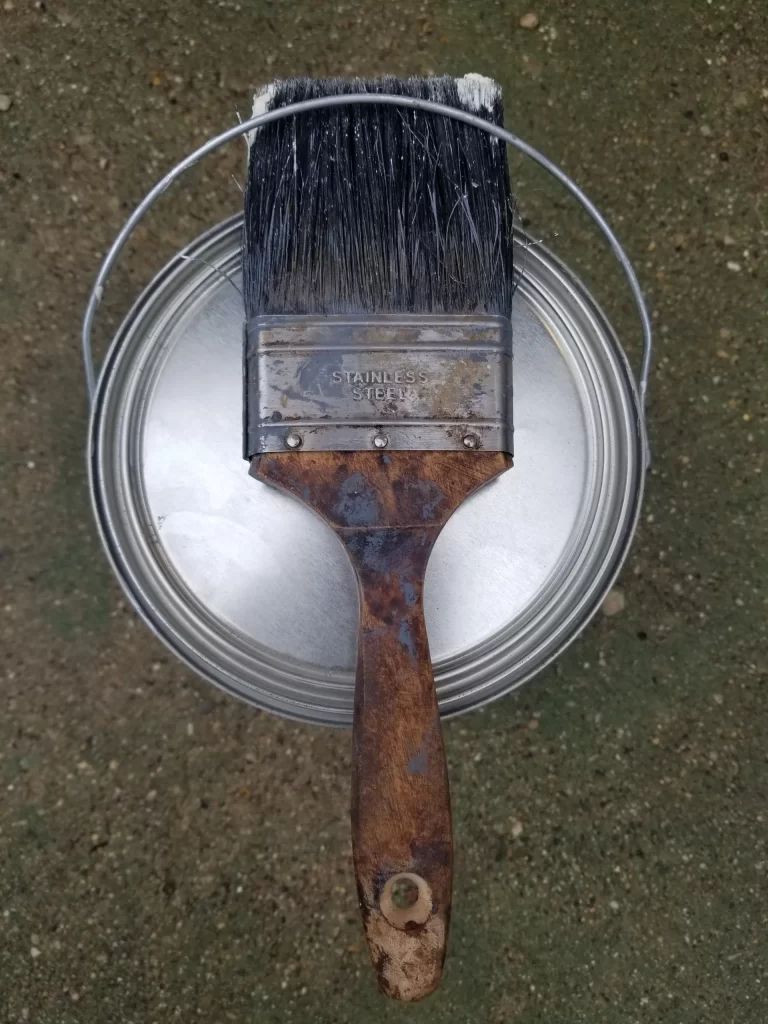Regardless of the time you spend on routine maintenance to ensure everything in the home is working fine, you should always be prepared for unforeseen failures and breakdown of appliances and equipment in the home. However, with proper maintenance, you can spot these problems before they get out of hand. Consequently, you save yourself money, stress and time.
Persistent, nagging problems at home can and will get worse if you do not address them quickly. In this article, we explain what you can and should fix before they become quite expensive to repair.
1. Your basement
Not only do musty basements smell, but they can lead to the rise of harmful mildew and mold. A poorly graded, or leveled yard is a common cause of damp basements, since water traveling toward your home and ultimately your basement, can cause serious problems. The installation of downspouts and gutter extensions can help channel rainwater away from the basement as well.
Not only do musty basements smell, but they can lead to the rise of harmful mildew and mold. A poorly graded, or leveled yard is a common cause of damp basements, since water traveling toward your home and ultimately your basement, can cause serious problems. The installation of downspouts and gutter extensions can help channel rainwater away from the basement as well.
2. Your furnace
Clogged return air filters block the flow of air to your HVAC unit, making the motor work even harder and consequently, costing you more money. Replace your filters twice a year. Do the first replacement at the beginning of summer and the next replacement at the beginning of winter. This easy maintenance will make the unit work more efficiently and also last longer.
Clogged return air filters block the flow of air to your HVAC unit, making the motor work even harder and consequently, costing you more money. Replace your filters twice a year. Do the first replacement at the beginning of summer and the next replacement at the beginning of winter. This easy maintenance will make the unit work more efficiently and also last longer.
3. Your deck
Wooden decks are prone to decay and degradation, especially if they do not get a lot of sunlight. Sometimes only a few of the boards or a certain section of it will rot but in other cases, the rotting may be more widespread. This has the potential to make the structure unsafe to use and may cause the rail to loosen.
Wooden decks are prone to decay and degradation, especially if they do not get a lot of sunlight. Sometimes only a few of the boards or a certain section of it will rot but in other cases, the rotting may be more widespread. This has the potential to make the structure unsafe to use and may cause the rail to loosen.
You must replace all of the rotting boards. For all cutting and repair work, you may use a reciprocating saw, like the ridged X4-volt cordless model. It has earned good DIY points because it is portable.
To fix it, cut the boards back to the next joist. For the old decks, it is advisable to replace every one of the boards so that they are firm and sturdy. This gives the structure a fresh and uniform appearance.
If you want an option that will not rot, then you may consider composite as a replacement. Although it may come more expensive than wood, it does not rot. If you have tree branches that cover the deck and block the sun, you should cut the branches back to let some light shine through and keep the deck dry.
4. Your yard
As briefly mentioned above, grading your yard is very important for proper drainage. Doing so will bring your yard to the proper level around your house foundation. You should ensure that the slope is away from the foundation at least 2%. This will prevent a pool of water from building up around your house. If there is a pool of water around the house, it can lead to a damage and leaky foundation.
As briefly mentioned above, grading your yard is very important for proper drainage. Doing so will bring your yard to the proper level around your house foundation. You should ensure that the slope is away from the foundation at least 2%. This will prevent a pool of water from building up around your house. If there is a pool of water around the house, it can lead to a damage and leaky foundation.


